Corbel Conservation Ltd
Keystone Ecology were commissioned to undertake surveys, apply for and implement an EPS licence and undertake monitoring surveys of a grade I listed mansion in Somerset, which included a Lesser Horseshoe Bat maternity colony and hibernation roost.
What did we do?
- Following preliminary surveys, we designed and implemented a suite surveys of the building and cellars to confirm the status of the identified roosts.
- Analysed baseline bat survey data to assess potential impacts of building restoration and repair under an enforcement notice from English Heritage on resident bat roosts and local bat populations.
- Designed an appropriate mitigation/compensation strategy and applied for, and thereafter implemented an EPS licence in respect of bats.
- Prevented delay in work schedule by enabling specified works whilst waiting for a modified EPS licence to be secured once monitoring surveys identified an increase in bat activity on site.
- Implemented a strategy to ensure protection of bats within the property without compromising the delivery of the overall project upon the discovery of a status change on site.
How did we do it?
- The bat surveys were undertaken by licensed bat surveyors with extensive experience of complex buildings to ensure the collection of robust field data.
- Survey effort and timings were agreed with Natural England prior to implementation and undertaken in line with best practice guidance.
- Surveys established precise bat numbers and movement within the buildings. Results were used to identify specified areas of the building where works could progress preventing delays in the work programme.
- Methods to address dry rot and minor roof/masonry works were agreed with Natural England.
- Regular site meetings were organised with the client to discuss mitigation options, approve design and measures to ensure the continued exclusion of bats from the property.
What were the outcomes?
- An EPS licence was successfully obtained and exclusion and re-roofing work commenced on schedule. Dry rot treatment, masonry repairs and additional works continued before securing the modified licence needed due to change in site status.
- Mitigation/compensation for bats was delivered in accordance with the licence and adapted in light of the roost status increase without compromising budget or programme of works.
- Monitoring has shown bats have quickly used new roosting provisions and continue to use those retained, confirming that favourable conservation status has been maintained.
This entry was posted in Case Studies, Ecology, Residential and Commercial Development. Bookmark the
permalink. Both comments and trackbacks are currently closed.

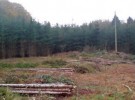

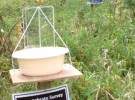

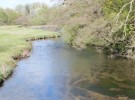
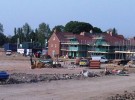

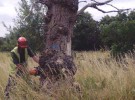
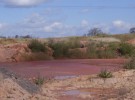



Renovations to Grade I Listed Mansion
Corbel Conservation Ltd
Keystone Ecology were commissioned to undertake surveys, apply for and implement an EPS licence and undertake monitoring surveys of a grade I listed mansion in Somerset, which included a Lesser Horseshoe Bat maternity colony and hibernation roost.
What did we do?
How did we do it?
What were the outcomes?